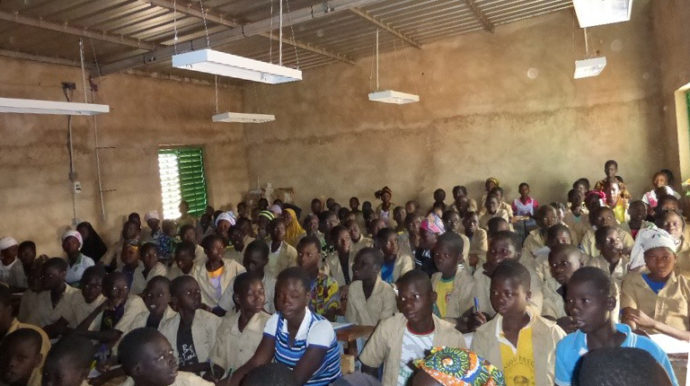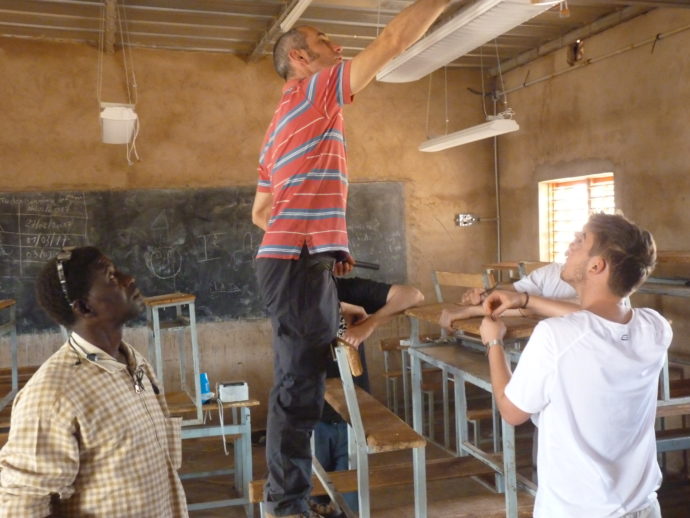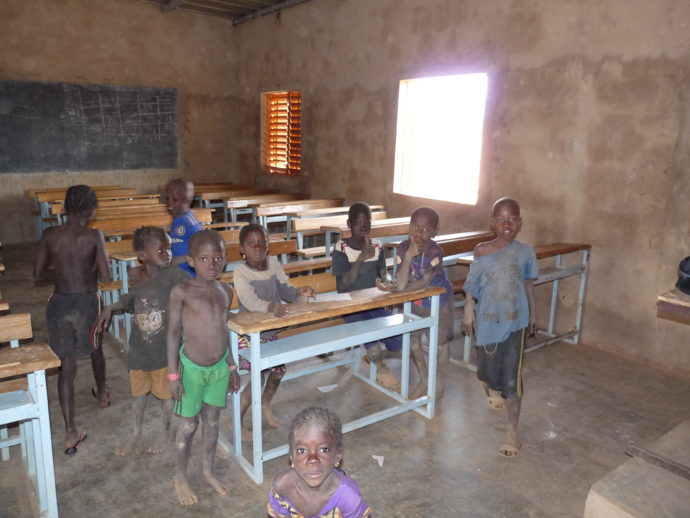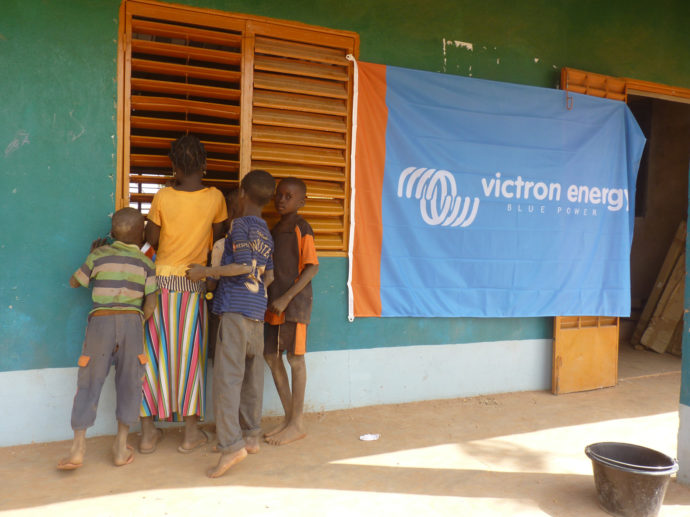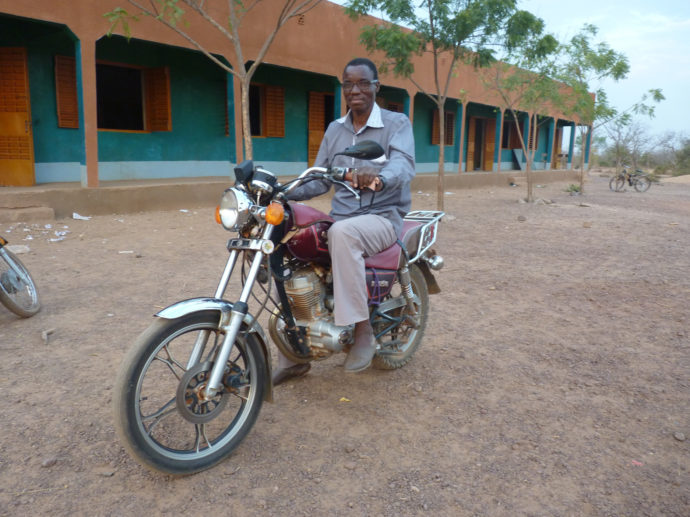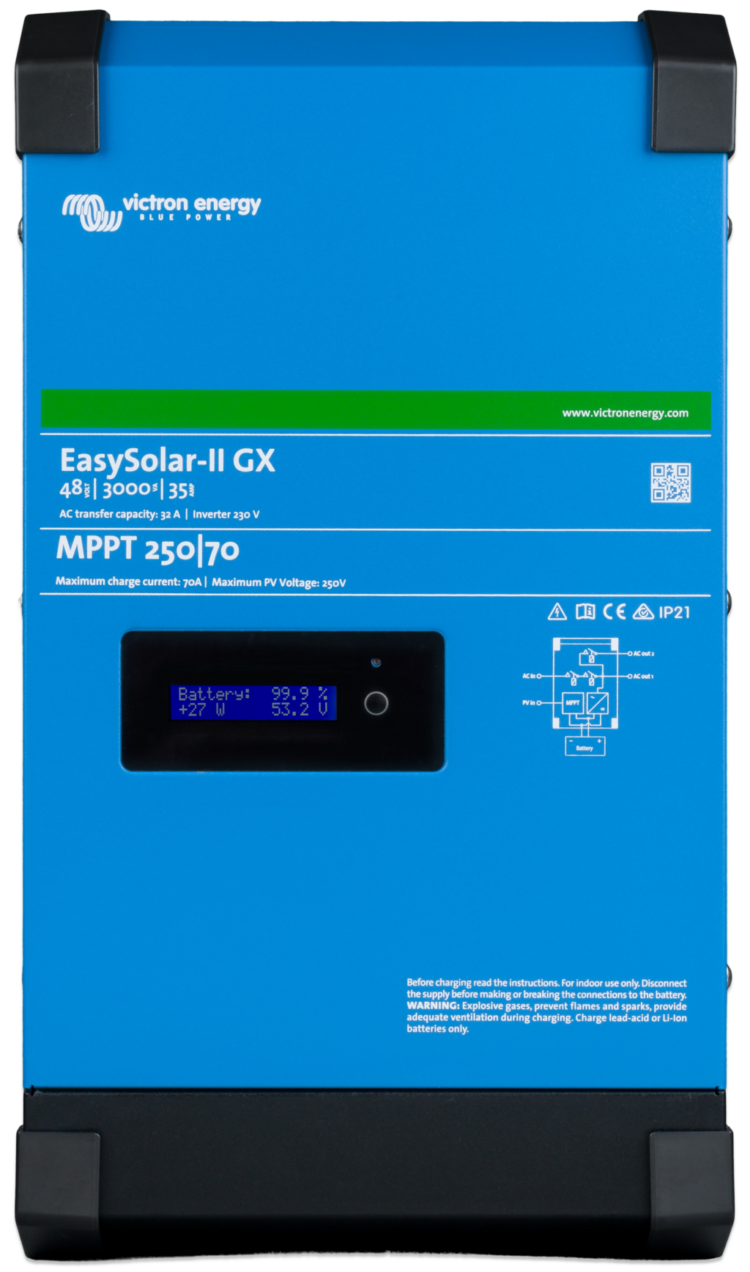
Intersolar Europe 2019 is almost upon us and will be held at Neue Messe München from May 15-17, 2019.
As ever Victron Energy will be exhibiting. Our stand this year is number B2.480, where many new and updated products will be on display. Four key new products and one new product range are:
- EasySolar-II 48/3000/35-32 MPPT 250/70 GX
- MultiPlus-II 48/3000/35-32 230V GX
- MultiPlus-II 48/5000/70-50 230V
- Inverter RS 48/6000 230V Smart Solar
- SmartSolar MPPT VE.Can range
These new products will be launched at Intersolar, however in this preview blog we can delve into a little more detail and compare the new models above with previous models where appropriate.
EasySolar-II 48/3000/35-32 MPPT 250/70 GX
Building on the existing EasySolar (which contains a MultiPlus Inverter/Charger and BlueSolar MPPT Solar Charge controller) this new model has a number of improved features and brings other welcome changes.
The EasySolar-II 3000VA GX (when compared to the earlier EasySolar) is based upon the Multiplus-II, giving the whole unit a more compact and modern design, along with improved standby power efficiency, reduced weight and volume.
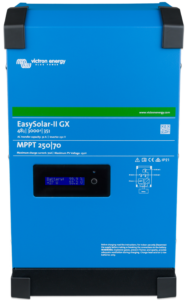 The GX suffix indicates that there is a GX device for control and monitoring built-in. A GX device is usually a standalone device such as a Color Control GX, Venus GX, Octo GX or a CANvu GX – but in this instance it is a new integrated GX device, which is already connected to the internal Multiplus-II and MPPT charge controller.
The GX suffix indicates that there is a GX device for control and monitoring built-in. A GX device is usually a standalone device such as a Color Control GX, Venus GX, Octo GX or a CANvu GX – but in this instance it is a new integrated GX device, which is already connected to the internal Multiplus-II and MPPT charge controller.
In addition there is a small two line display showing what the unit is doing, and if relevant it can also show a detailed error code – no more counting blinking LEDs!
The EasySolar-II 3000VA GX allows connection to CAN-bus battery management systems, the VRM remote data monitoring portal via Ethernet or built-in WiFi, enables ESS functionality, and much more.
Another update is the AC and DC rated circuit breaker protection is no longer supplied. This change is based on feedback from our customers who are now able to connect the EasySolar-II GX to their own AC and DC fuses or circuit protection – in other words that which is best suited to a particular application and any regional requirements.
The integral MPPT has had the input voltage increased from 150V to 250V, giving greater flexibility when choosing solar panel configurations. In addition, because the MPPT is Victron Smart, there’s all the usual VictronConnect App functionality people have come to expect from Smart enabled products.
If paralleling and using three phase with the EasySolar-II 3000VA GX, there can only be one GX device in such a system. Indeed one GX device is enough and therefore it does not make sense to buy three of the EasySolar-II 3000VA GXs and put them in a three phase installation. Instead what you do is buy one and then buy two normal MultiPlus-IIs with the same rating.
MultiPlus-II 48/3000/35-32 230V GX
This model is the existing MultiPlus-II 3000, with the addition of built-in GX features. It has all the advantages that you’ve come to expect from GX devices. We’ll keep both products in stock after intersolar Europe 2019.
Like the EasySolar-II 3000VA GX there is a small two line display showing what the unit is doing, and if relevant it can also show a detailed error code – no more counting blinking LEDs!
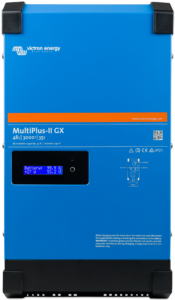
Building a split- or three-phase system, or parallel system, with the MultiPlus-II GX models can be done. But there can only be one GX device in such a system. Indeed one GX device is enough and therefore it does not make sense to buy three of the MultiPlus-II 3000VA GXs and put them in a three phase installation. Instead what you do is buy one and then buy two normal MultiPlus-IIs with the same rating.
Another option is of course to use multiple normal MultiPlus-IIs, and then choose a GX device to your liking.
Below you can see the plethora of available connection options available on the GX version. Click the image to enlarge it.
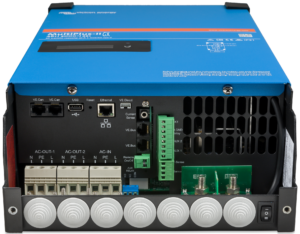
MultiPlus-II 48/5000/70-50 230V
This new MultiPlus-II is simply a larger version of the existing 3000 version. See the product page and choose the datasheet to compare the new MultiPlus-II 48/5000/70-50 to the MultiPlus-II 48/3000/35-32.
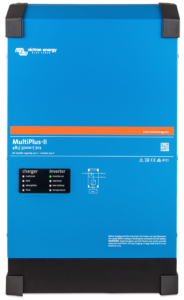
Inverter RS 48/6000 230V Smart Solar
Yet another exciting new product, Victron Smart too.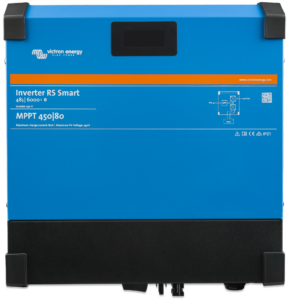
Here are some key features of the RS 6000:
- Built-in solar charge controller with 450V max PV input. Previously the highest max PV voltage of Victron Energy products was 250V. PV specification limits are 450V, 18A in, 4000Wp
- Victron’s first all in one inverter+solar charge controller
- HF inverter – a first for Victron Energy
- Excellent voltage stability
- Handy 4 x 20 character display display
The image below shows the bottom cover removed, to reveal various connections which include 1 x VE.Direct and 2 x VE.Can connections. Click the image to enlarge it.
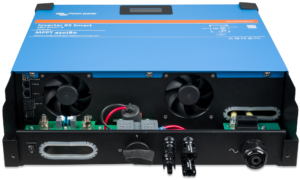
Note: The Inverter RS 6000 cannot be configured for parallel operation nor three phase at present.
SmartSolar MPPT VE.Can
Last in the list of new products presented today is the SmartSolar MPPT VE.Can series.
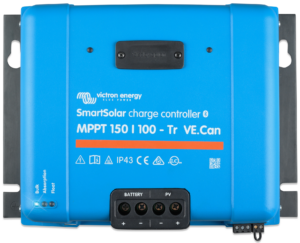 There will be a series of 150V models available, as well as 250V. More detailed news will be shared in a future blog post after Intersolar Europe 2019 .
There will be a series of 150V models available, as well as 250V. More detailed news will be shared in a future blog post after Intersolar Europe 2019 .
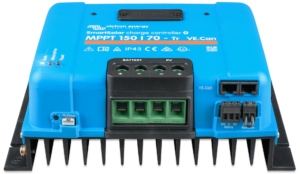
More information, pricing and availability
More technical information will be made available in the coming days and weeks: product pages, datasheets, and other documentation is being finished and made available on our website.
For availability and pricing, email [email protected]
Conclusion
As is often the case Intersolar Europe 2019 serves as a launchpad for many new Victron Energy products. That doesn’t mean other new products aren’t released throughout the year – it’s simply that Intersolar Europe 2019 is one of the best places to see, learn and try the latest Victron products.
Oh! – And of course there’s Victron’s infamous Intersolar Stand Party to attend…
John Rushworth
Links
Intersolar Europe Website – https://www.intersolar.de/en/home.html
Intersolar Europe Facebook – https://www.facebook.com/Intersolar


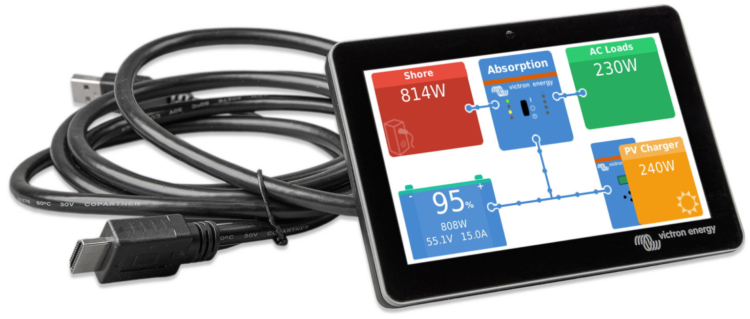
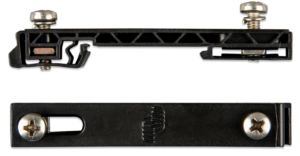

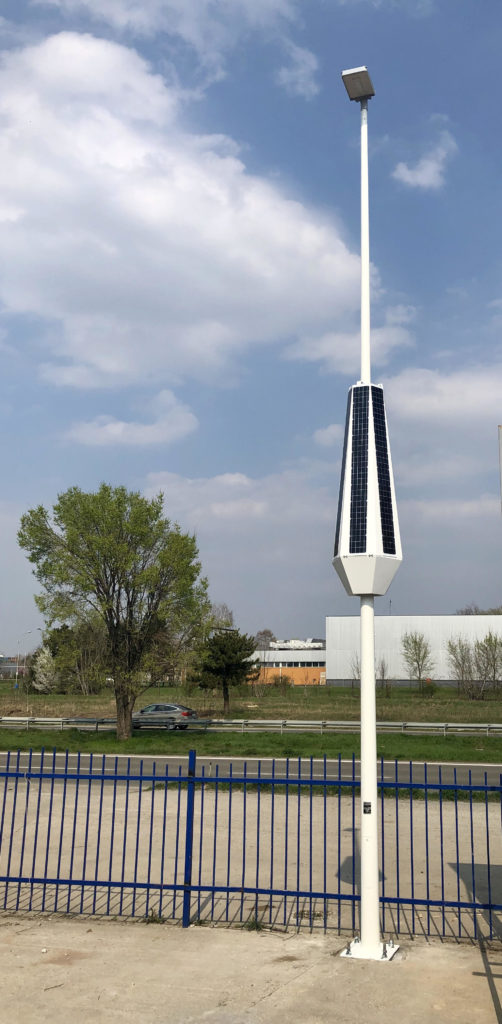
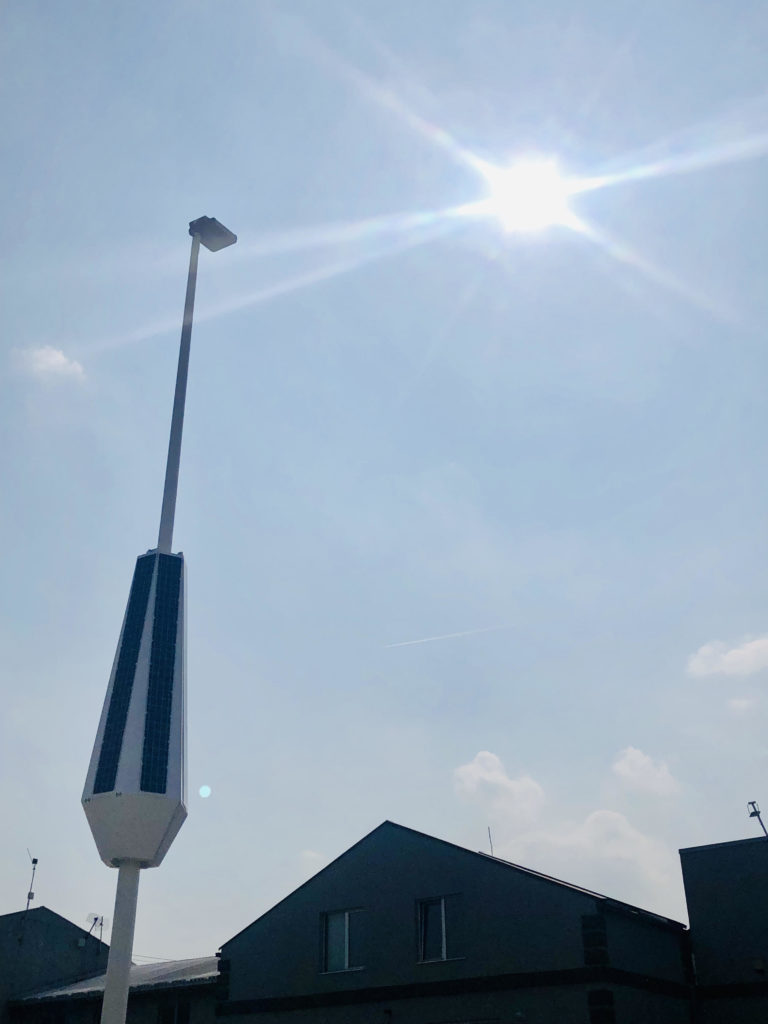












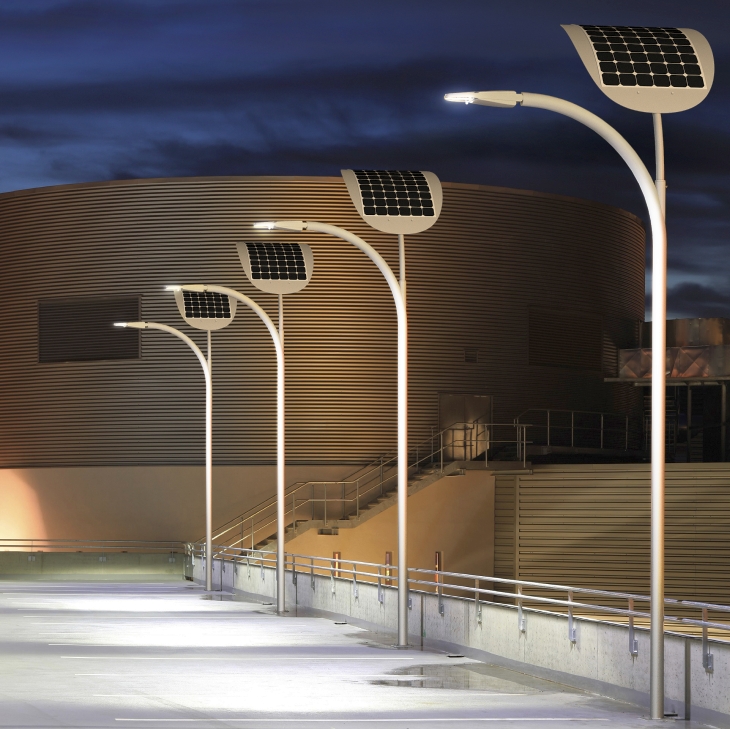
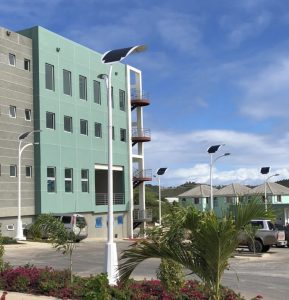
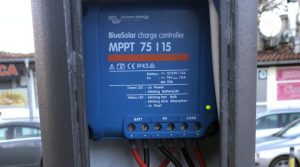
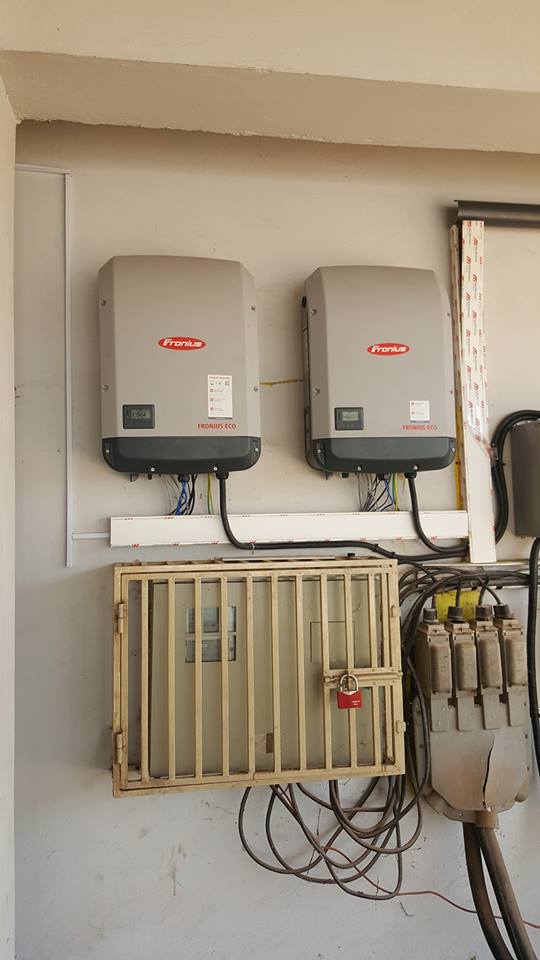
 As the solar inverter industry is becoming more commodified every year, inverter spec sheets are starting to look a lot more similar. Many inverter capabilities are driven by the same market requests and NEC code regulations, making features and pricing very similar across all inverter brands in the market. Therefore, a buyer could think that the only thing to look at is the price tag. However, it’s crucial to actually look past the spec sheet and the initial purchase price. When picking an inverter, you not only chose a piece of equipment, you are choosing a partner to work with for the next 20+ years. Thus, you might want to look into more than just “the box” and its price.
As the solar inverter industry is becoming more commodified every year, inverter spec sheets are starting to look a lot more similar. Many inverter capabilities are driven by the same market requests and NEC code regulations, making features and pricing very similar across all inverter brands in the market. Therefore, a buyer could think that the only thing to look at is the price tag. However, it’s crucial to actually look past the spec sheet and the initial purchase price. When picking an inverter, you not only chose a piece of equipment, you are choosing a partner to work with for the next 20+ years. Thus, you might want to look into more than just “the box” and its price.


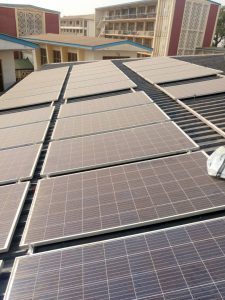
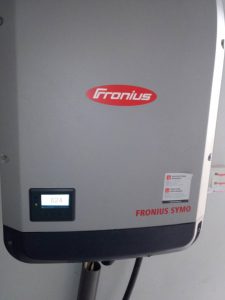




 GRADE refers to the quality of solar cell used in the solar panel, and are categorized as A, B, C, or D. “Grade A” cells are the highest quality, in that they are tested to ensure there are no micro-cracks in the solar cell, and all the cells are of the same type. The quality diminishes for grade B, which may have micro cracks and not all cells are of the same type (they sometimes mix and match). Grades C and D are much worse quality with larger cracks and chips, and the cell mismatch is even worse since typical solar cell will be exposed to sunlight throughout its lifetime. Sunlight contains harmful ultraviolet (UV) light that deteriorates all materials, including solar cells. The tiny flaws in the material become worse after prolonged exposure to sunlight, and its power output reduces over time.As a grade A cell has the least flaws to start with, its deterioration will be the slowest.
GRADE refers to the quality of solar cell used in the solar panel, and are categorized as A, B, C, or D. “Grade A” cells are the highest quality, in that they are tested to ensure there are no micro-cracks in the solar cell, and all the cells are of the same type. The quality diminishes for grade B, which may have micro cracks and not all cells are of the same type (they sometimes mix and match). Grades C and D are much worse quality with larger cracks and chips, and the cell mismatch is even worse since typical solar cell will be exposed to sunlight throughout its lifetime. Sunlight contains harmful ultraviolet (UV) light that deteriorates all materials, including solar cells. The tiny flaws in the material become worse after prolonged exposure to sunlight, and its power output reduces over time.As a grade A cell has the least flaws to start with, its deterioration will be the slowest.


